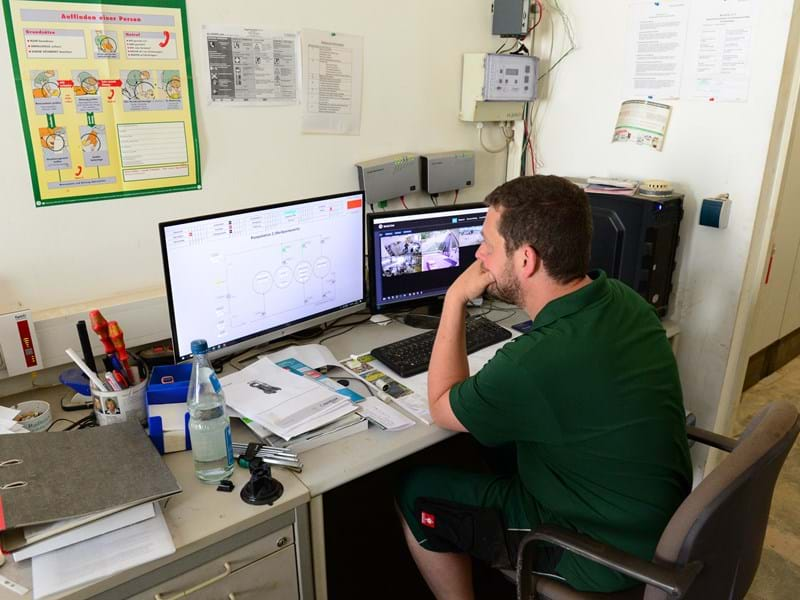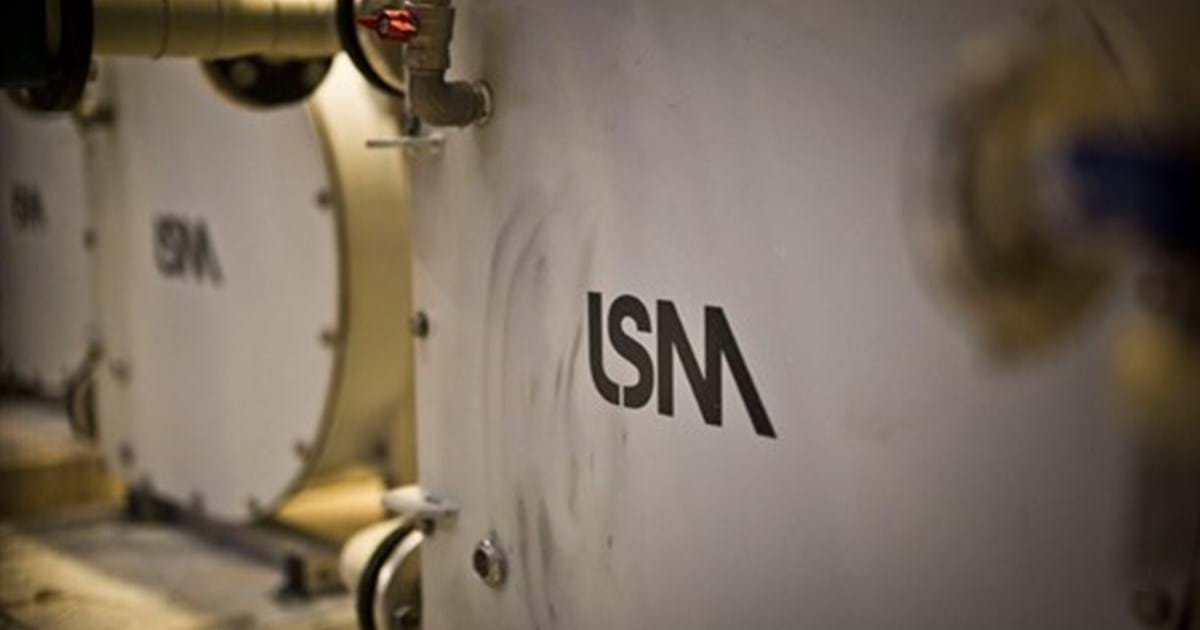“The peristaltic pump was one of my best purchases in the last few years”, says Carsten Rube. The biogas plant operator, farmer and agricultural contractor knows exactly what he is talking about as he has had to invest a lot in equipment and technology since he started producing biogas. “Before installing the LSM peristaltic pump on the farm back in 2018, I had to climb into the pre-pit nearly every two weeks at some points”, recalls the biogas electricity producer and heat supplier for the Korbach district hall reluctantly. “Then I was standing in food waste repairing the rotary lobe pump which had been damaged by foreign bodies”.
But that's finally over. Ever since the LSM pump technology has been installed at his business on the outskirts of Korbach in the Waldeck-Frankenberg region of northern Hessen, he has been spared from having to stand in the food waste. But not only that. Ever since the peristaltic pump with a motor output of 7.5 kW has been transporting the biowaste substrate from the pre pit into the main fermenter at his biogas plant, Rube has been enjoying much more trouble-free and ultimately safer operations.
In contrast to the past, contaminants such as glass, bones or stones, which despite an upstream screening unit are still contained in the substrate, no longer hinder operations because the peristaltic pump remains more or less undamaged. Not indefinitely but with significantly longer maintenance intervals. Today, Carsten Rube must change hose in his pump a couple of times a year. “After four hours, the changeover is complete”, Rube expresses his satisfaction, not least because this time period does not restrict any of his operations. In no way does this have a negative impact on the biogas process. On top of that, the change of hose is easy and comfortable because the pump is placed at ground level in the production hall and is easily accessible from all sides.
The flow rate at the Korbach biogas plant is about 40 cubic metres per hour with a pipe diameter of 20 centimetres. At this flow rate, the LSM pump only has to work for a few minutes an hour to be able to feed the main fermenter with sufficient energy-rich substrate. The pump is in operation for about four hours a day; this means an overall electricity consumption of about 7,300 kilowatt hours per year, which, in the end, does not even account for two per cent of the electricity consumption of the entire biogas plant, Rube calculates.
The fact that the biogas producer has to pay a somewhat higher purchase price for an LSM pump compared to piston and screw pumps is completely reasonable for him, given the considerably longer service life. In any case, despite the currently challenging situation for the biogas sector, he is positive about the long-term future. “I have been through plenty of difficult times in the last few years but, in light of the ambitious climate targets, the energy recovery of residual materials remains an indispensable building block for a sustainable energy supply for the future”.



About the author
LSM Pumps
LSM Pumps, manufacturer of the world’s largest peristaltic hose pump